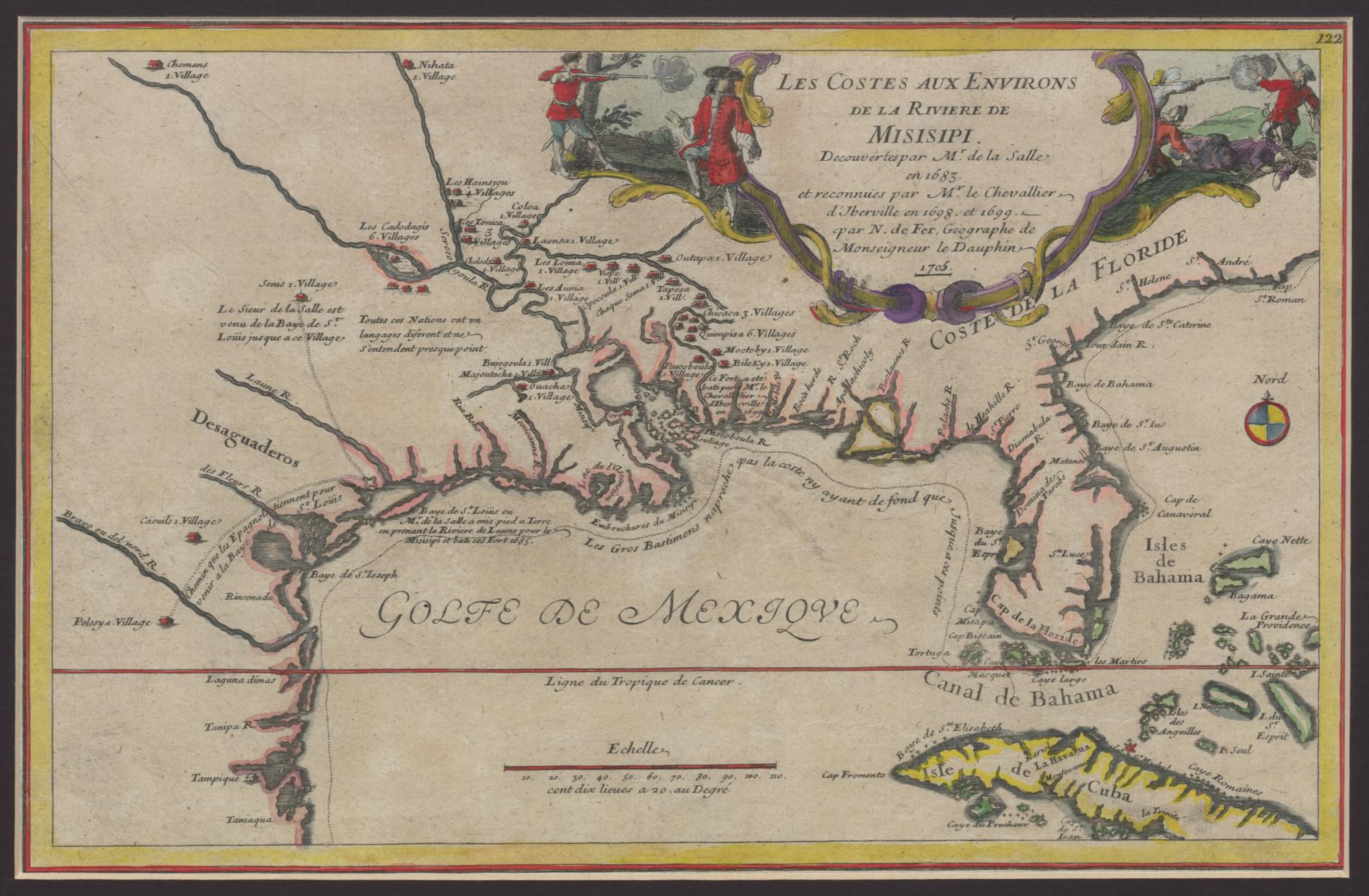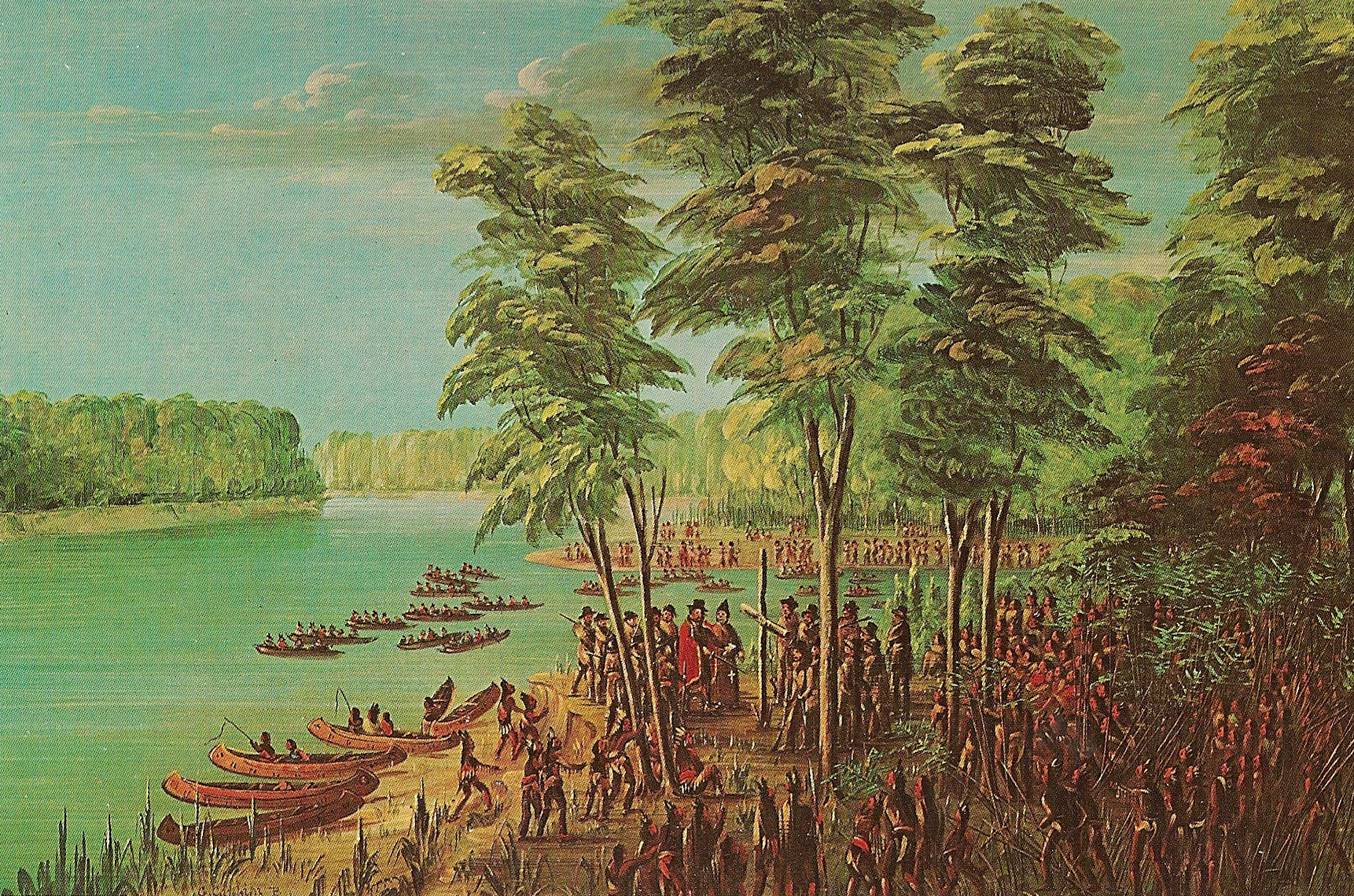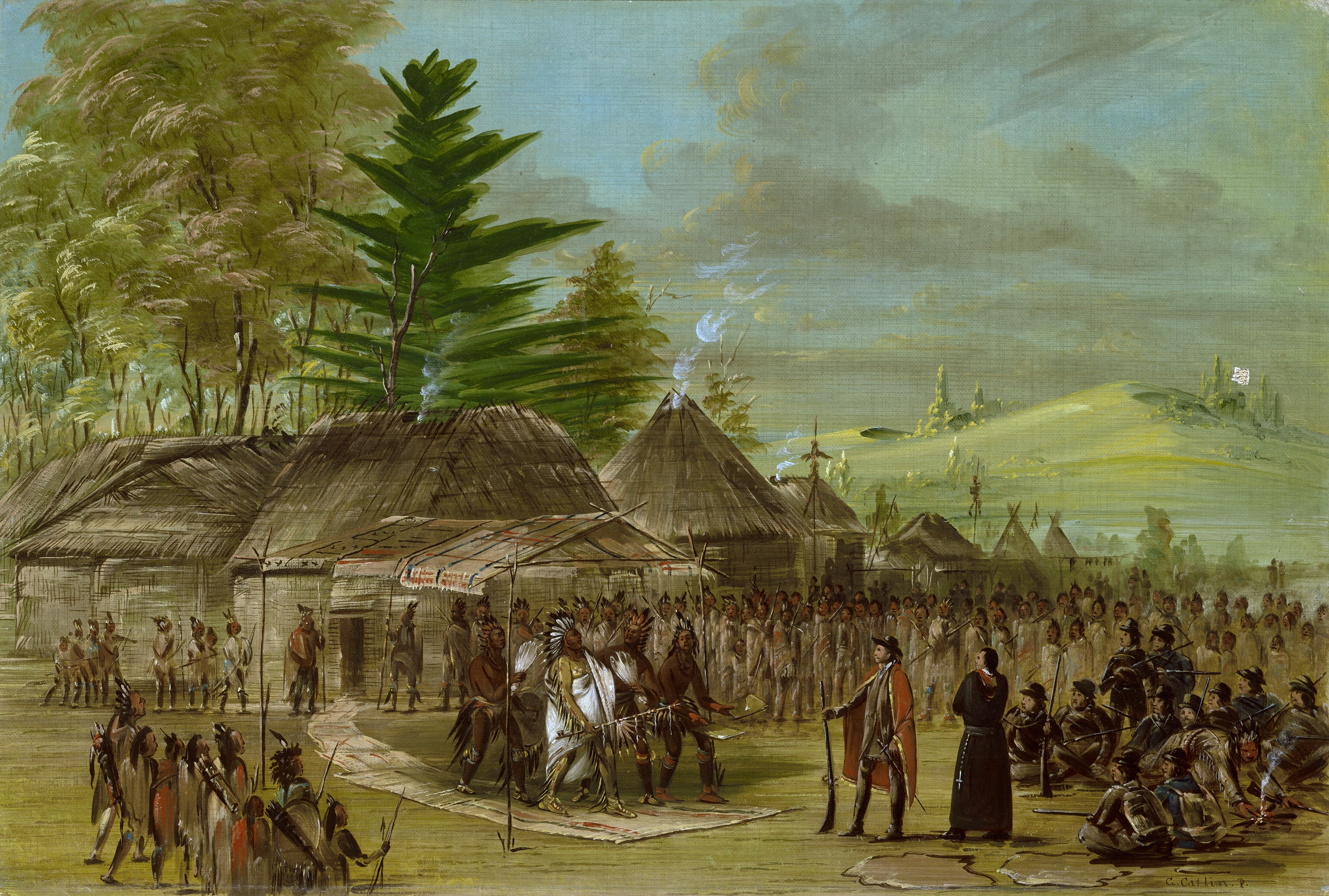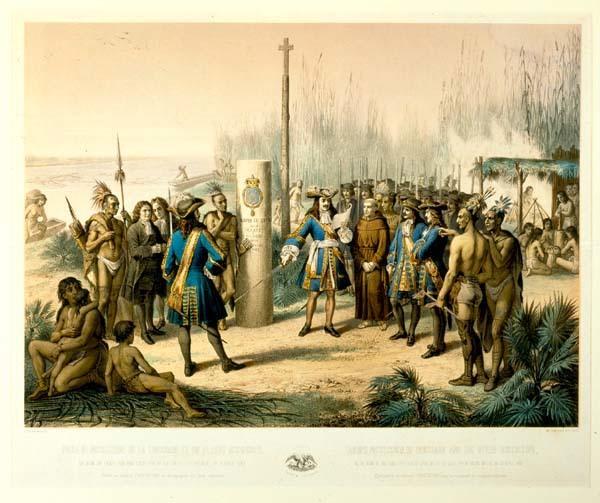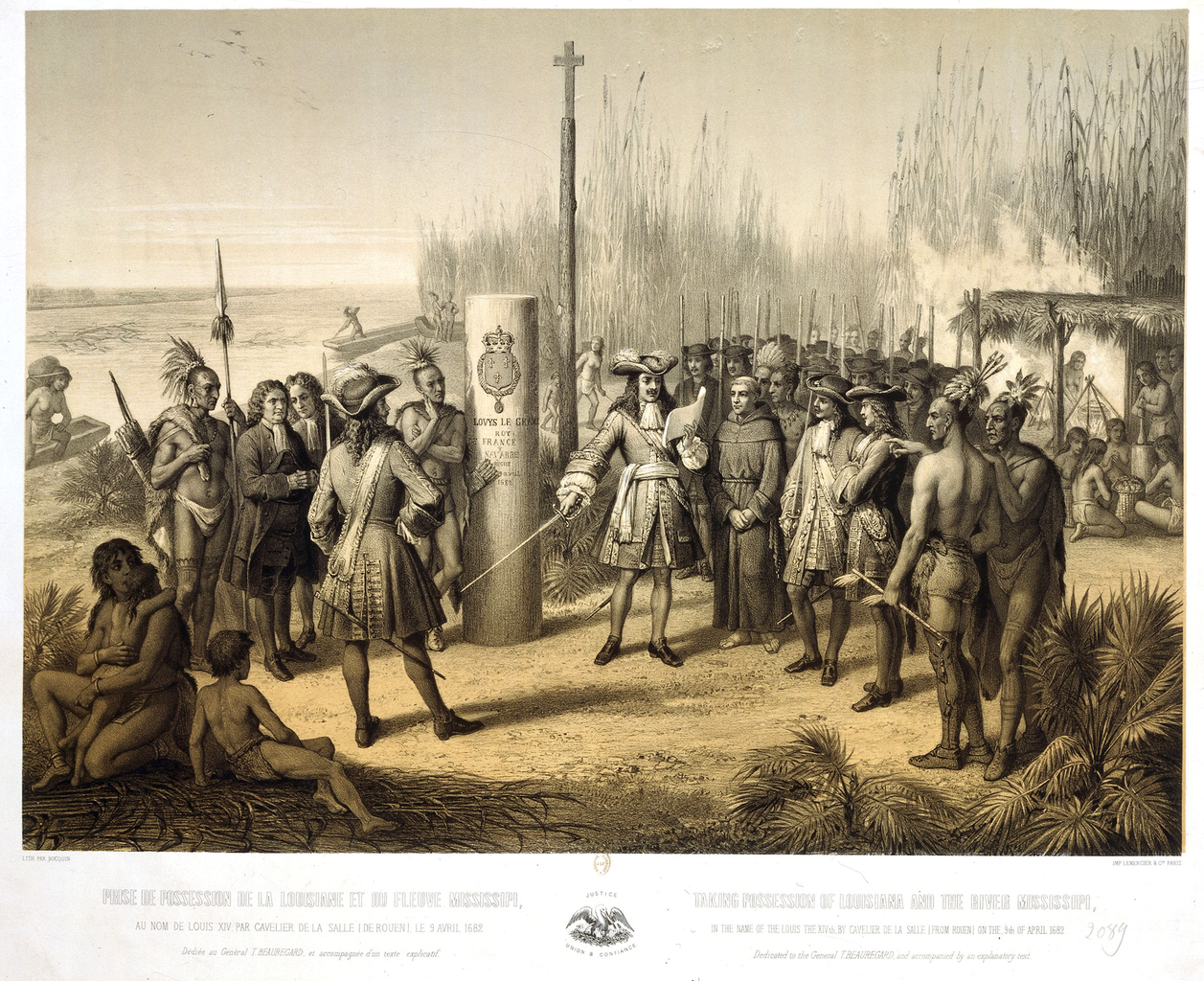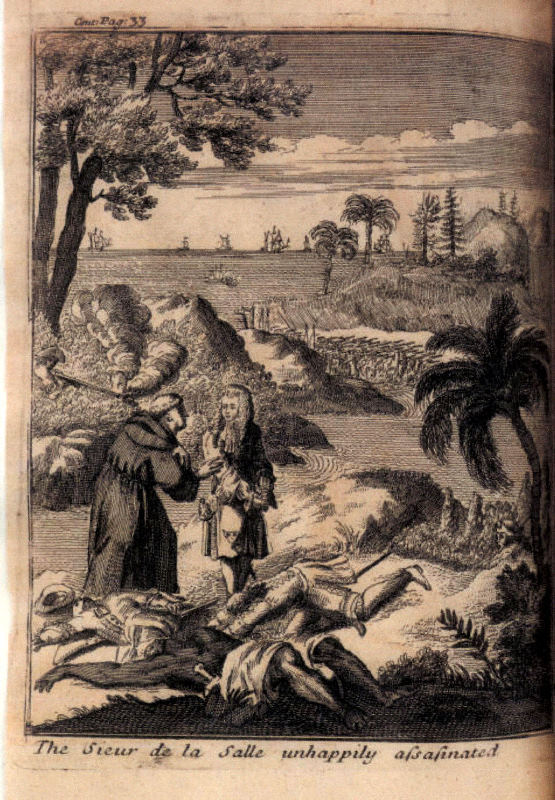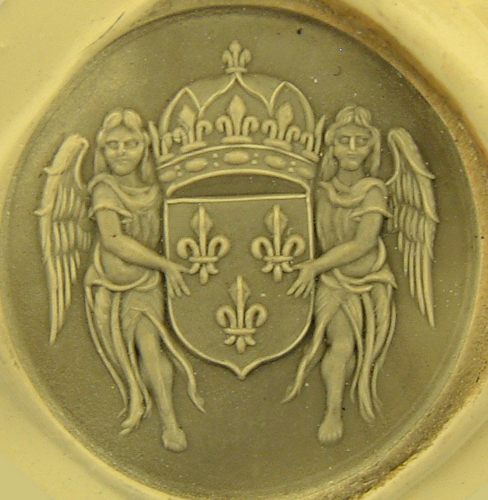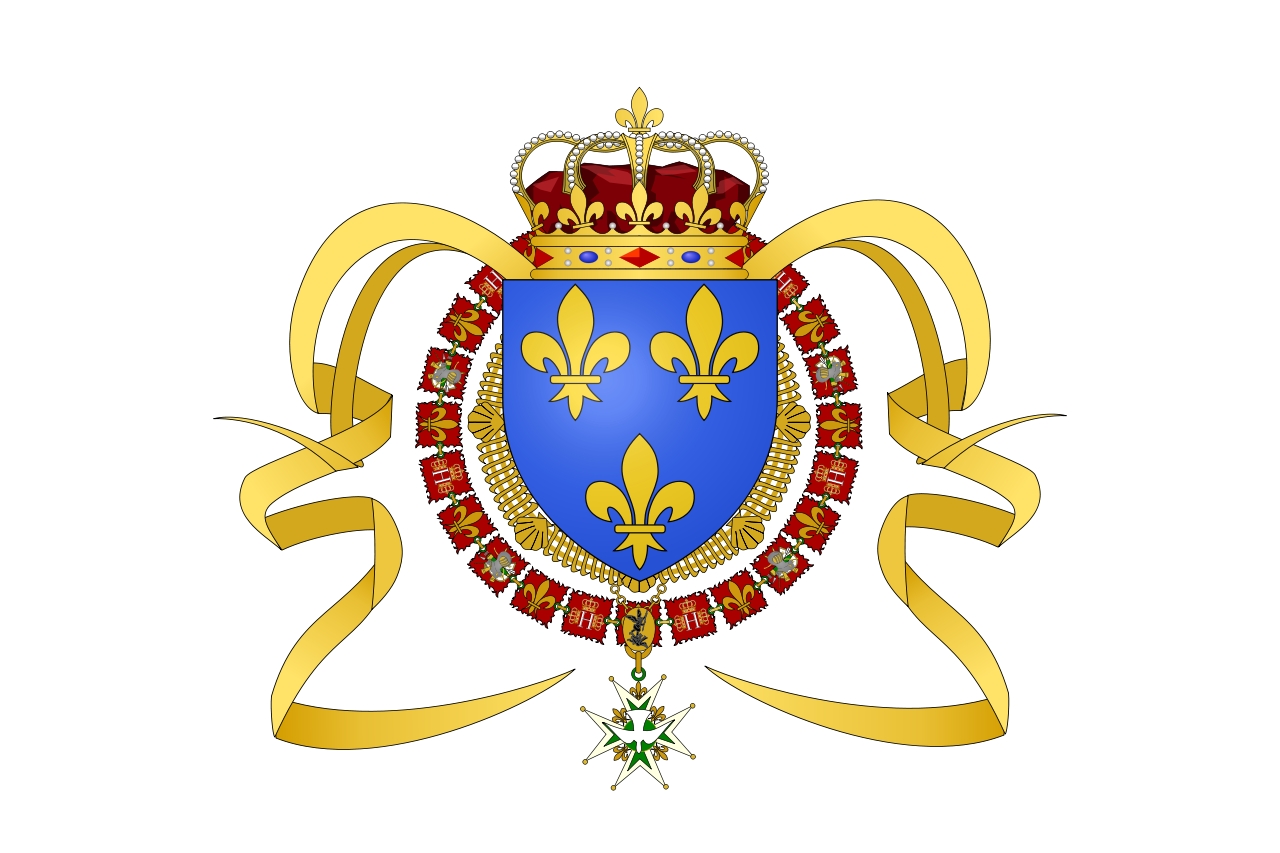 Home Page
Home Page
This week we're looking at some of the early European(ish)
accounts of the exploration of Louisiana. de Vaca and de Biedma
were both Spanish, while la Salle was French.
- de Vaca. Journey. Chapters 15-29.
- de Biedma. De Soto.
- la Salle. 06. Claiming Louisiana.
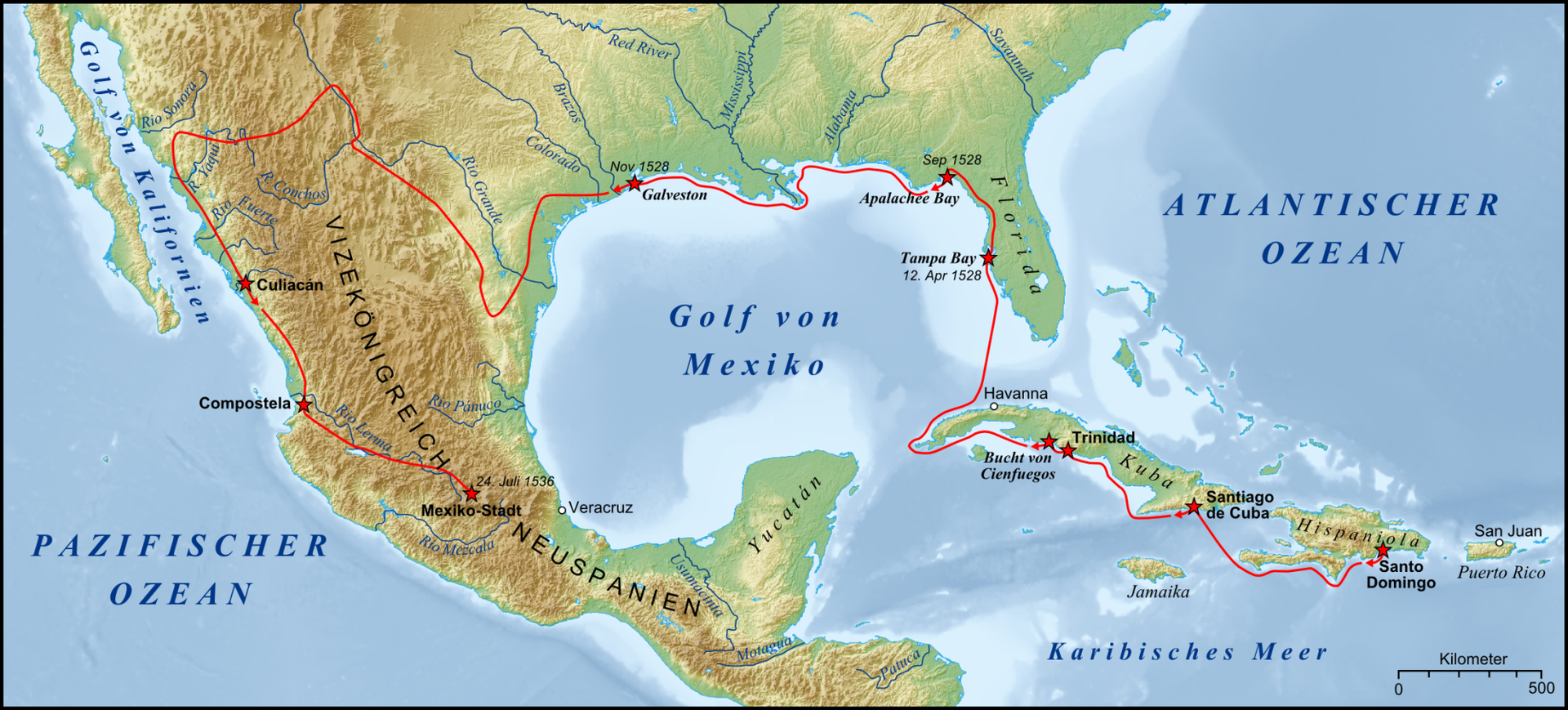
de Vaca was the treasurer and officer of the Naváez
Expedition, which set out in 1527 (35 years after Columbus
discovered America). The expedition started with 600 men; de
Vaca was one of only 4 survivors to make it to a Spanish outpost
in Mexico in 1536. His group crossed the Mississippi between
September and November 1528. It would be almost 200 years until
New Orleans was founded. The current was too strong for them to
go up river, so we don't have an account of inland. We do have
his account of the coast, trying to find food in the cold
weather (roots and oysters), and of dealing with the tribes they
came across (the shaggy furs they wore could be from bison,
which lived in Louisiana at the time). He had to serve as a
healer and then as a trader to earn his keep among the tribes.
As a European, he could go between tribes that wouldn't deal
directly with each other.
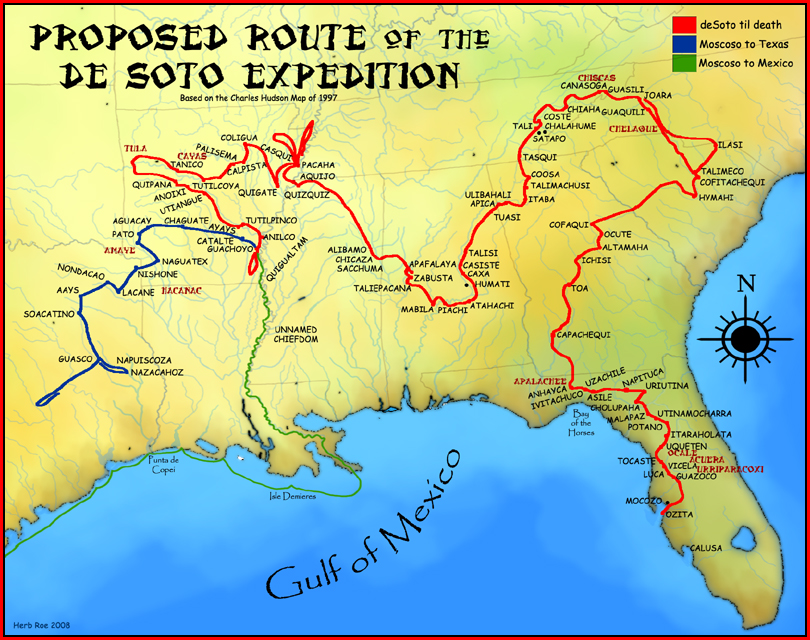
When de Soto was serving as the governor of Cuba, he went on a
mission of exploration and conquest in North America. He led his
expedition from 1539 until his death on May 21, 1542. Along the
way, he discovered the Mississippi River. He died somewhere near
the Mississippi River, possibly near modern Ferriday, or
possibly in Arkansas. His men buried him in the Mississippi, in
part to conceal his death from the local tribes.
"On April 6, 1538, de Soto and his fleet departed Sanlúcar. On their way to the United States, de Soto and his fleet stopped in Cuba. While there, they were delayed by helping the city of Havana recover after the French sacked and burned it. By May 18, 1539, de Soto and his fleet at last set out for Florida. On May 25 they landed at Tampa Bay. For the next three years de Soto and his men explored the southeastern United States, facing ambushes and enslaving natives along the way. After Florida came Georgia and then Alabama. In Alabama, de Soto encountered his worst battle yet, against Indians in Tuscaloosa. Victorious, de Soto and his men next headed westward, serendipitously discovering the mouth of the Mississippi River in the process. De Soto's voyage would, in fact, mark the first time that a European team of explorers had traveled via the Mississippi River.
"After crossing the Mississippi de Soto was struck with fever. He died on May 21, 1542, in Ferriday, Louisiana. Members of his crew sank his body in the river that he had discovered. By that time, almost half of de Soto's men had been taken out by disease or in battle against the Indians. In his will, de Soto named Luis de Moscoso Alvarado the new leader of the expedition" (Biography.com).
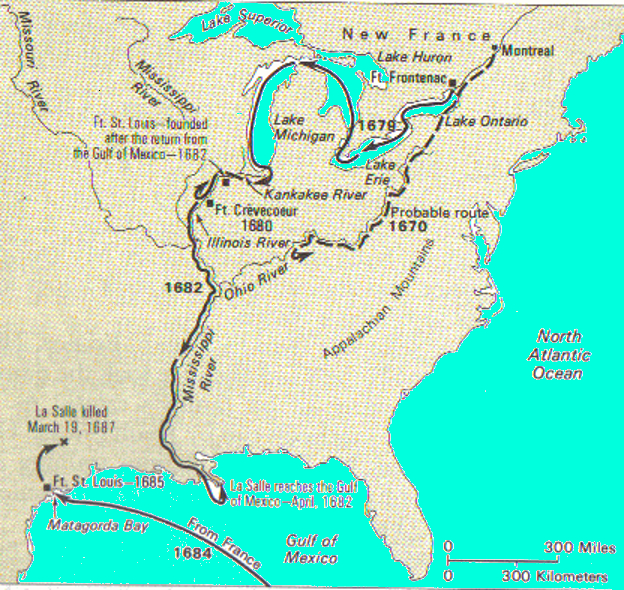
The la Salle espeditions. On April 9, 1682, la Salle
conducted a ceremony at the junction of the bird-foot delta near
the mouth of the Mississippi River, claiming the river and its
drainage region for Louis XIV. Read the account of his
expeditions at 64
Parishes. It has a brief summary of the parts of the
expedition that are important for this class. The pictures below
show the usual portraits of the noble Europeans bringing
civilization to the sauvages who look on in wonder and
gratitude. Right up to the image where he was so "unhappily
assassinated." The texts reveal a different story, one where the
men were lost and bedraggled much of the time. La Salle's
expeditions were plagued by desertions and dissention,
escallating to his assassination. As we saw last week, what we
find in these foundational texts depends on what we bring to
them.
